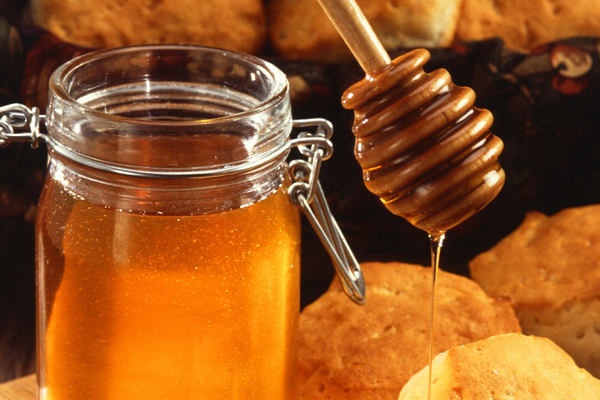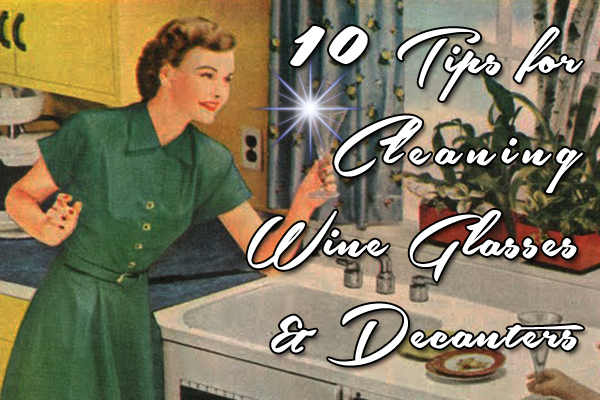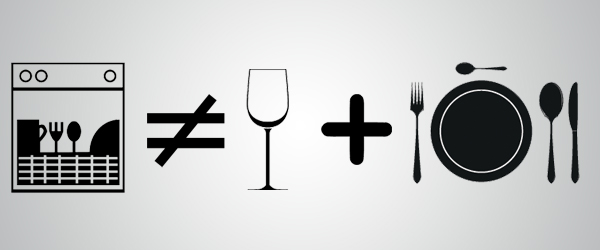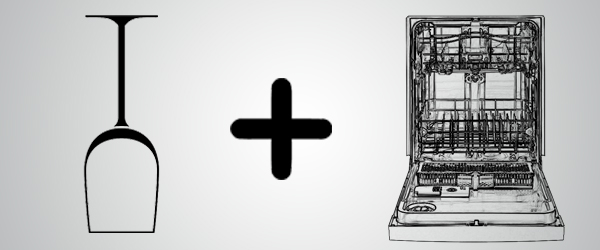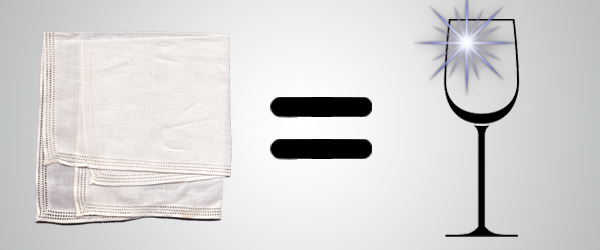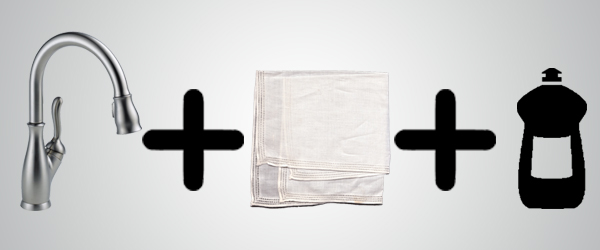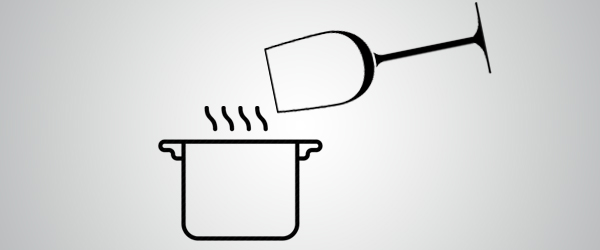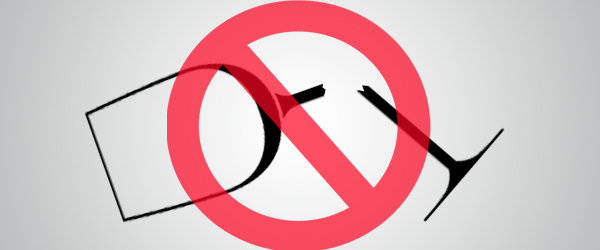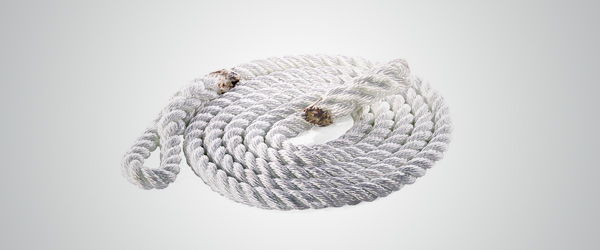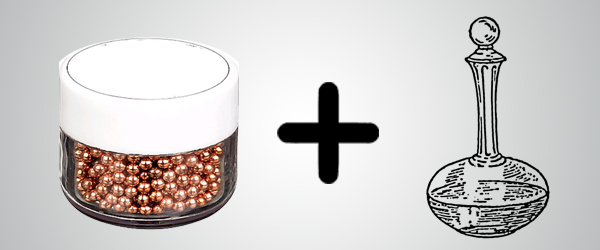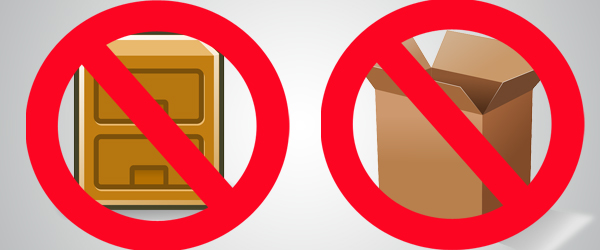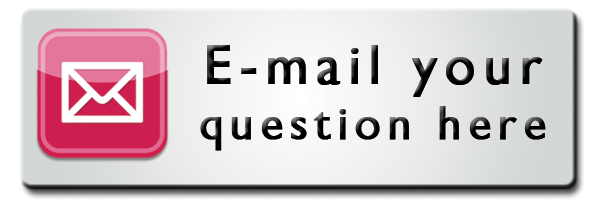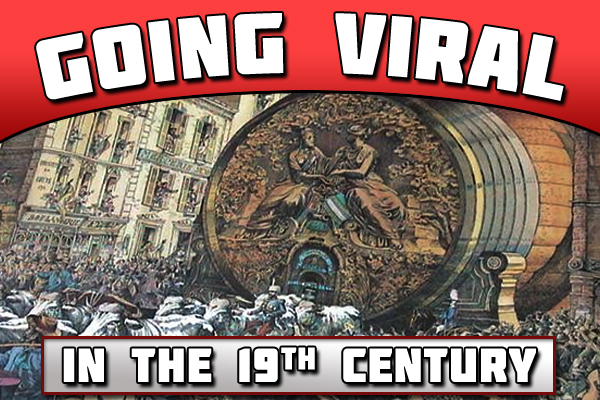In full disclosure I am not a big sugar fan – except for my daily addiction to dark chocolate! Never have liked soft drinks. Also hesitant to get involved in any controversy over “toxic refined white sugar” and “high fructose corn syrup”. However you have to admire honey bees as a key component in world agriculture pollination regardless of your thoughts on honey. Still there is increasing popularity for the use of honey as a natural sweetener. There are many types to discover from light mild to dark strong with unique flavours influenced by the local flowers – clover, buckwheat, alfalfa… I have fond memories of the old days trying to locate some tupelo honey after admiring Irish singer Van Morrison’s song of the same name – “she’s as sweet as tupelo honey”. Some comparisons could possibly be made to wine with the different complex “terroir” contributing to both products. Less processed raw honey is in increasing demand as is unpasteurized and unfiltered – rather than simpler commercial ones. The National Honey Board in the USA has volleyball star Kerri Walsh Jennings promoting honey for an energy boost during physical activity. We all have used lemon and honey in a hot drink to soothe a sore throat. Recently watched Dr. Oz on his TV show endorsing honey supported by 4 key points: immune boosting antioxidant (may even help with allergies over long term use but not yet scientifically substantiated); cough suppressant; heals wounds (especially New Zealand native manuka bush honey); and may help your blood sugar & high cholesterol. Regardless of all these health claims I still find I am using honey more (and sugar less) – especially at breakfast trying out different exotic interesting honey in my no fat Greek yogurt! My wife Joan really enjoys from the Okanagan wine region in British Columbia her pure unpasteurized wildbrush/wildflowers creamed honey on her morning toast. What about you? Lots of choices out there so what is your favourite go to honey?
Archive for June, 2014
10 tips for cleaning wine glasses and decanters
After inviting friends and family over for a special occasion, no task can be more daunting than having to clean all of your dishes, especially glassware. Whether it’s tumblers, beer mugs or your best crystal, each style seems to have its own set of rules – especially when it comes to wine glasses. Some are dishwasher safe and some are not. Many have narrow necks, making them a challenge to keep spotless and residue-free. And if you decant your wine, cleaning the odd-shaped vessel is a formidable task all by itself.
But if you follow these ten helpful tips, you can keep your glasses and decanters sparkling and odor-free for all future dinner parties:
FOR DISHWASHERS:
1. If the wine glasses you use are dishwasher safe, clean them separately from all plates, knives, forks, spoons and any other tableware. With their own wash, you’ll prevent tiny food particles from sticking to the glass. And set it to the shortest possible cycle without adding detergent. The use of cleansers will leave both residue and a small odor impacting the wine’s taste over time.
2. Place the bowl of the glass upside down so that it doesn’t collect any water during the rinse cycle. Once completed, open the door of the dishwasher to let out all of the humidity, which can tarnish your glasses over time.
3. Dry each glass with a lint-free linen cloth. Letting them drip-dry will smear it with water spots.
FOR WASHING BY HAND:
4. First, fill your sink with warm water and apply soap to a lint-free cloth to wash. Rinse each glass under lukewarm water and smell the bowl after to make sure all the detergent has been removed.
5. If you want to take it one step further and make your glasses shine like they’re in a TV commercial, try steaming them by placing the glass over a pot of boiling water before drying.
6. When drying a wine glass, never hold it by the stem. Doing so cannot only break the glass but also severely cut your hand. Instead, hold it by the bowl and use a wooden spoon wrapped in a linen cloth to clean the bottom as needed. Forcing the cloth to the bottom by hand can break the glass as well.
FOR DECANTERS:
7. After rinsing it out with warm water, wrap a damp linen cloth around a nylon rope and feed it inside the decanter to clean out the bottom. For drying, make sure the cloth you use is also arid.
8. To remove those stubborn stains, place copper balls or lead shots into the decanter and shake them around.
PROPER STORAGE:
9. Avoid storing your wine glasses in cardboard boxes or inside closed cupboards. Glasses can absorb all sorts of smells that alters the taste of the wine so keep them upright and on an open shelf or rack so air can circulate around them.
10. If you think your glasses have picked up any odors, either rinse them in cold water or pass them through the air quickly several times.
Ask Sid: What is a long finish?
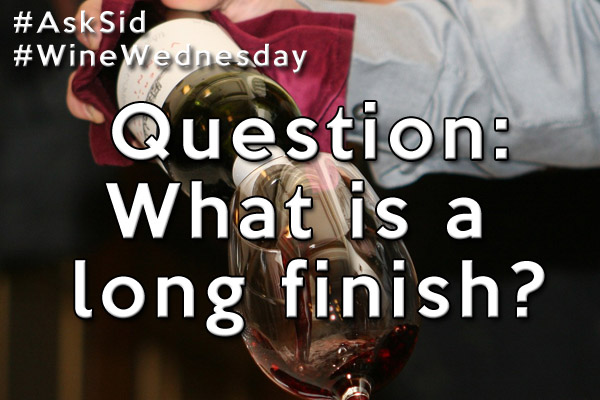
Question: What is a “long finish”?
Answer: Easy. A long finish is just what it says – lingering flavours of food or especially wine that you can still savour for some time after tasting. That distinct aftertaste stays with you. I know people who like eating garlic and tuna but don’t like the strong or fishy lingering aftertaste of those foods. For wine this is usually an admirable thing because it indicates that there is some special intensity and depth there. A long finish is a particularly important factor in assessing the potential for aging of a young fine wine before all the elements are matured together. Generally this is a good characteristic to appreciate and admire but can also be overrated sometimes. For example if you are wanting a light elegant refreshing wine the overall balance will be a more important factor than a long finish. However, for quality more expensive wines from lower yields a long finish is something you are paying extra dollars for so be sure to take the time to enjoy it.
Rioja: A Wine Region in Transition
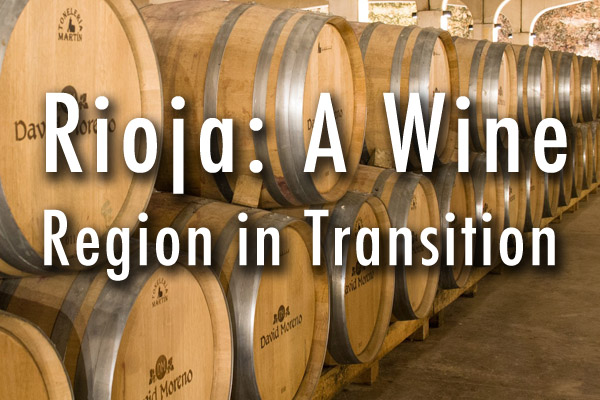
Fond memories of those old style elegant Rioja from back in the twenties and thirties – particularly from Riscal & Murrieta. Now there are so many more wine regions in Spain competing with Rioja for world recognition. Changes started slowly in the seventies with the Torres family in Penedes (looking forward on July 15 to a four decade retrospective of their flagship wine the single vineyard Mas de Plana cabernet sauvignon) and about the same time the first use of French oak (instead of American oak) by de Caceres, emerging super region Ribera del Duero led by Vega Sicilia & Pingus, Palacios family in Priorat & Bierzo, value priced Toro and others. Now Rioja finds itself trying to reach out to the younger consumer with a more modern wine and is becoming somewhat an older wine region in transition.
This change was brought home strongly to me last week with a vertical tasting of Valenciso (www.valenciso.com) wines from Rioja Alta. The whole Rioja region has 128 kilometres (80 miles) length into 3 regions totalling 63,000 hectares: 27,000 Rioja Alta (cooler nights at higher elevation), 13,000 Rioja Alvesa (fuller) & 23,000 Rioja Baja (hotter). Valenciso is producing a high quality only Reserva wine from 100% tempranillo grapes (excluding garnacha, graciano, mazuelo etc.) using 100% medium toast French oak (new and used) for 16 months. Their 2006 and current release 2007 show impressive lovely fruit with elegance from lower yields of 3-4 tons/hectare fermented in underground modern concrete vats. They also make a highly acclaimed 15 barrels of a creamy white from 70% viura & 30% white garnacha using Russian oak from the Caucasus and a bright Rosado (14 hour saigne) 2013 from tempranillo. As well as older vintages back to 2000 & 2001 their 2007 estate red was shown against bottled 2007 samples of that year aged in 100% new American, Russian & French oak. The results were dramatic: American big open vanilla and in your face coconut, Russian lighter subdued more neutral – doesn’t stand up to robust red, and new French classy balanced subtle with finesse & lift.
Interesting to note that the use of America oak in Rioja from about 90% recently is now down to 85% and dropping. A problem is developing within the classifications in that a growing number of wineries such as Valenciso don’t fit within their restrictive categories (same in Toro and other regions): Generic with 46% of the sales requires less than 1 year in barrel; Crianza with 36% at least 1 year barrel; Reserva 16% at least 3 years in barrel and bottle with at least 1 year in barrel & Gran Reserva 2% at least 2 years in barrel and at least 3 years in bottle. These classifications are not really a true indication of what premium quality wine may or may not be in the bottle you are opening. Times they are a changing in Rioja.
Going Viral in the 19th Century: Champagne Mercier and the 1889 World’s Fair
By Joseph Temple
The year is 1889 and you are strolling down the streets of Paris for the historic Exposition Universelle. Looking up, you see the Eiffel Tower, the largest man-made structure on the planet making its grand debut at the fair. Further down the Champ de Mars, you enter the magnificent Galerie des Machines, the world’s largest vaulted building. You’re thinking that nothing could top this…
Then suddenly, a massive 20-ton champagne barrel is being hauled through the streets by 24 bulls and 18 horses. It’s so big that five nearby buildings had to be demolished just so it could get through. A gigantic crowd has gathered around this barrel that contains the equivalent of 200,000 bottles of bubbly. And plastered across this entire event is the name: Champagne Mercier.
In an era before cell phone cameras and YouTube, it is a spectacle that truly goes viral. Across the globe, newspaper after newspaper covers the event, giving Eugene Mercier, the mastermind behind it all millions of dollars in free publicity. With approximately thirty million potential customers attending the exposition and some stiff competition from the other champagne houses, both his name and his brand stands out from the crowd.
Little do people know that this marvel has been in the works for nearly twenty years. Beginning in 1870, Mercier conducts studies on the feasibility of this mammoth project with the first of 150 oak trees needed to make the barrel being cut down in 1872. Adding to its visual appeal, it is decorated with customized sculptures by Gustave Navlet, a famous French artist. And finally, 1,600 hectoliters of champagne fills the barrel in 1887, marking the end of its construction.
Moving it from Mercier’s headquarters in the Champagne region of France to the streets of Paris takes an exhausting three weeks but the payoff is enormous. Historian Kolleen M. Guy writes, “the transportation of this barrel … received coverage in newspaper from Hungary to San Francisco. For three weeks, press reports focused on the progress of the barrel, keeping “champagne” and “Mercier” in the public eye. Even those who could not afford champagne could delight in these stories and participate through name identification and popular imagery.”
And for its grand arrival, the streets are crowded with factory employees leaving work early and Parisian children given an hour off school to watch this historic event. With the whole world mesmerized by this daunting structure, Eugene Mercier succeeds in pulling off perhaps the greatest publicity stunt in the history of advertising.
